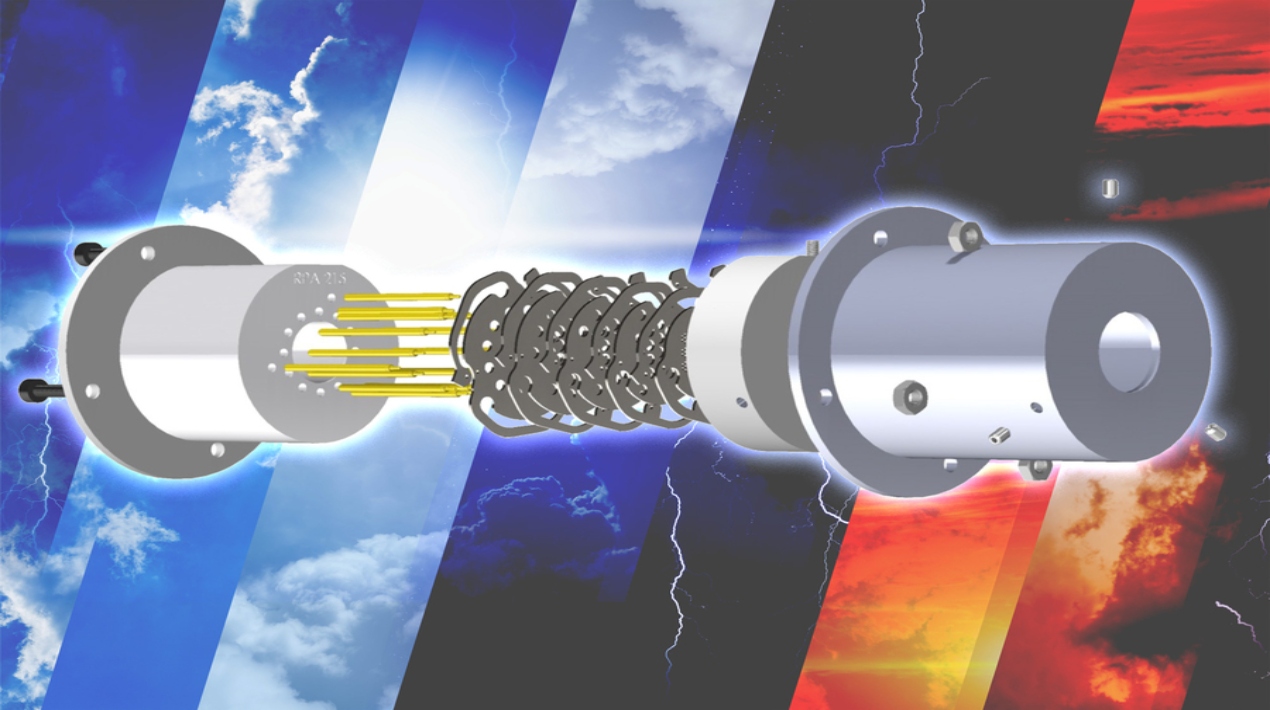
Researchers from the Massachusetts Institute of Technology (MIT) have developed the first circling spacecraft plasma sensors that were entirely digitally produced. Satellites utilise these plasma sensors, also known as retarding potential analysers (RPAs), to evaluate the atmosphere’s chemical composition and ion energy distribution.
“Additive manufacturing can make a big difference in the future of space hardware. Some people think that when your 3D-print something, you have to concede less performance. But we’ve shown that is not always the case. Sometimes there is nothing to trade-off,” says Luis Fernando Velásquez-García, a principal scientist in MIT’s Microsystems Technology Laboratories (MTL) and senior author of a paper presenting the plasma sensors.
3D-printed and laser-cut hardware outperformed state-of-the-art semiconductor plasma sensors manufactured in a cleanroom, which is costly and takes weeks to complete. 3D-printed sensors, on the other hand, can be produced in a matter of days for tens of dollars.
The sensors are ideal for CubeSats due to their low cost and quick production. These low-cost, low-power satellites are frequently used for communication and environmental monitoring in the Earth’s upper atmosphere.
The researchers created RPAs out of a glass-ceramic material that is more durable than traditional sensor materials like silicon and thin-film coatings. By using glass-ceramic in a fabrication process developed for 3D printing with plastics, they were able to create sensors with complex shapes that can withstand the wide temperature swings that a spacecraft would encounter in lower Earth orbit.
The sensors are made up of a series of electrically charged meshes with tiny holes. Electrons and other particles are stripped away as plasma passes through the holes, leaving only ions. These ions generate an electric current, which the sensor detects and analyses.
The housing structure that aligns the meshes is critical to the success of an RPA. It must be electrically insulating while also being able to withstand sudden, drastic temperature swings. The researchers used Vitrolite, a printable glass-ceramic material with these properties.
Ceramic powder is typically hit with a laser to fuse it into shapes in 3D printing, but this process often leaves the material coarse and creates weak points due to the high heat from the lasers. Rather, the MIT researchers used vat polymerisation, a decades-old process for additive manufacturing with polymers or resins. A 3D structure is built one layer at a time using vat polymerisation by repeatedly submerging it in a vat of liquid material, in this case, Vitrolite.
After each layer is added, ultraviolet light is used to cure the material, and the platform is submerged in the vat once more. Because each layer is only 100 microns thick (roughly the diameter of a human hair), smooth, pore-free, complex ceramic shapes can be created.
Objects described in a design file can be very intricate in digital manufacturing. The researchers were able to create laser-cut meshes with unique shapes, allowing the holes to line up perfectly when they were set inside the RPA housing. More ions can pass through, resulting in higher-resolution measurements.
Because the sensors were inexpensive to produce and could be manufactured quickly, the team prototyped four distinct designs. While one design was particularly effective at capturing and measuring a wide range of plasmas, such as those encountered by a satellite in orbit, another was well-suited for sensing extremely dense and cold plasmas, which are normally only measurable using ultraprecise semiconductor devices.
This level of precision may enable 3D-printed sensors to be used in fusion energy research or supersonic flight. Rapid prototyping may even encourage more innovation in satellite and spacecraft design.
















